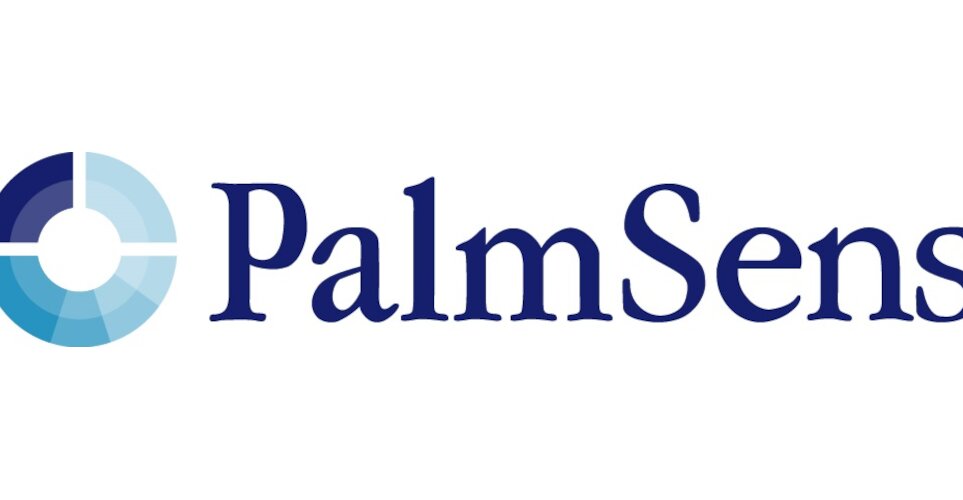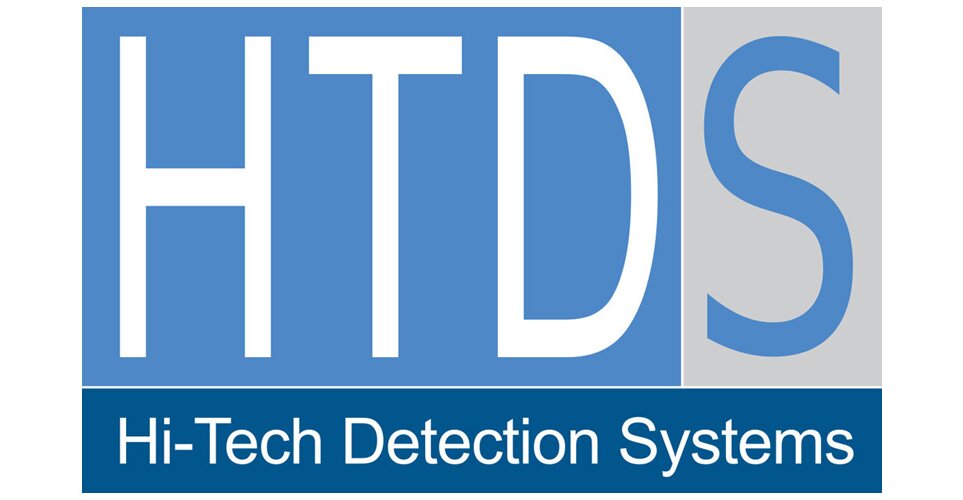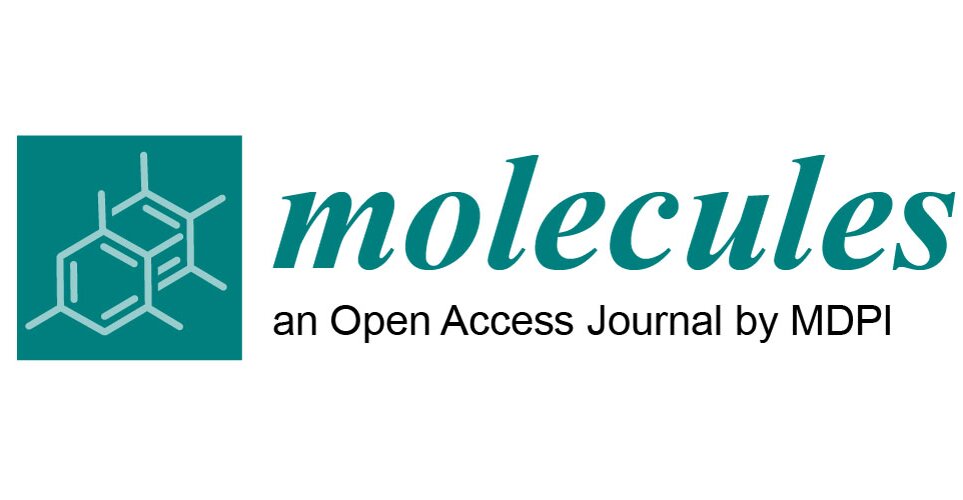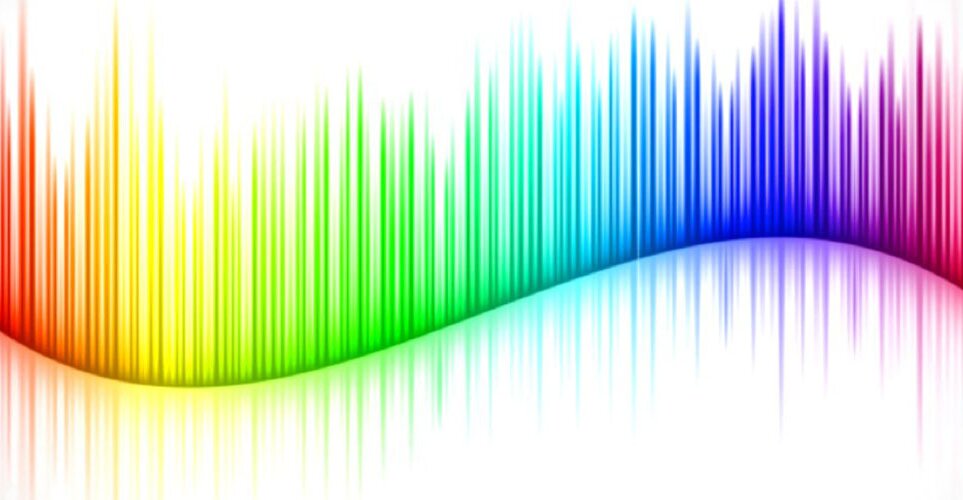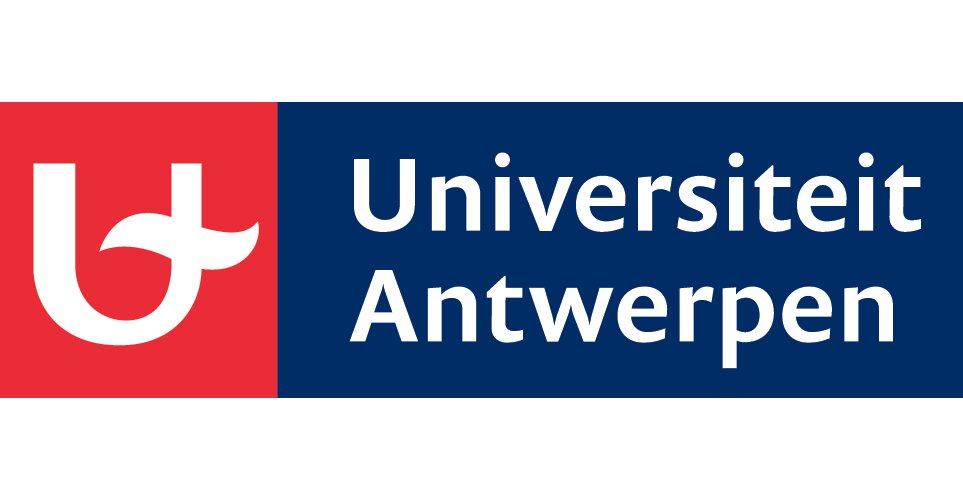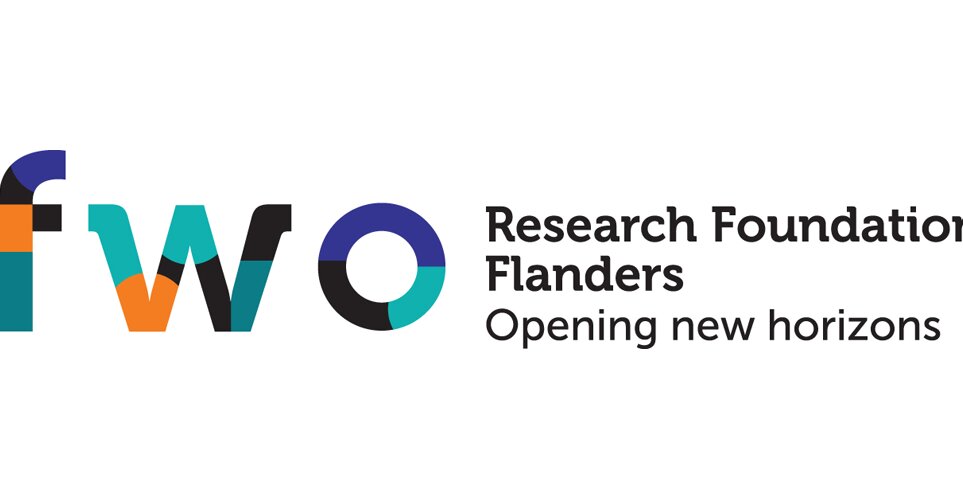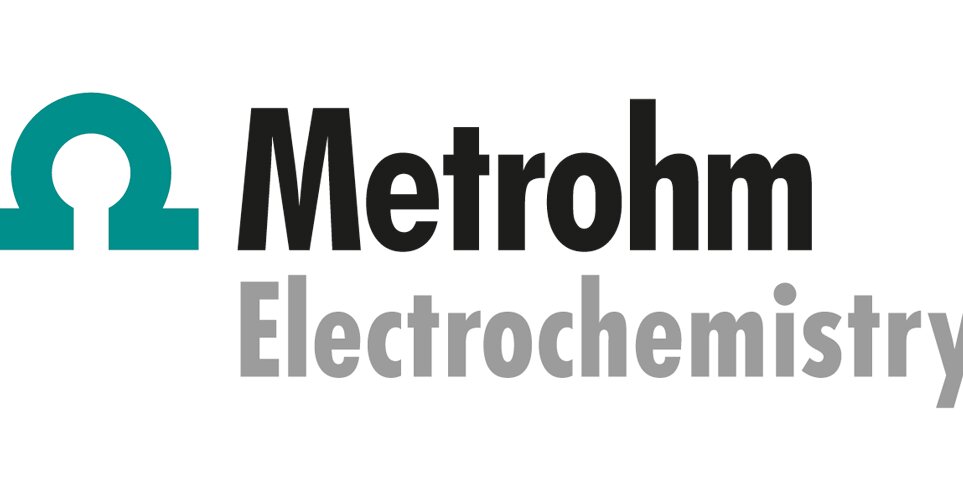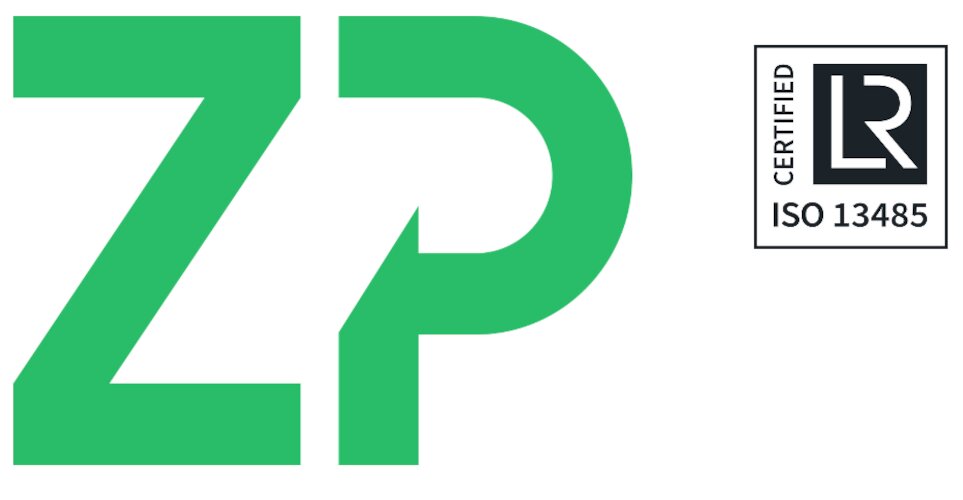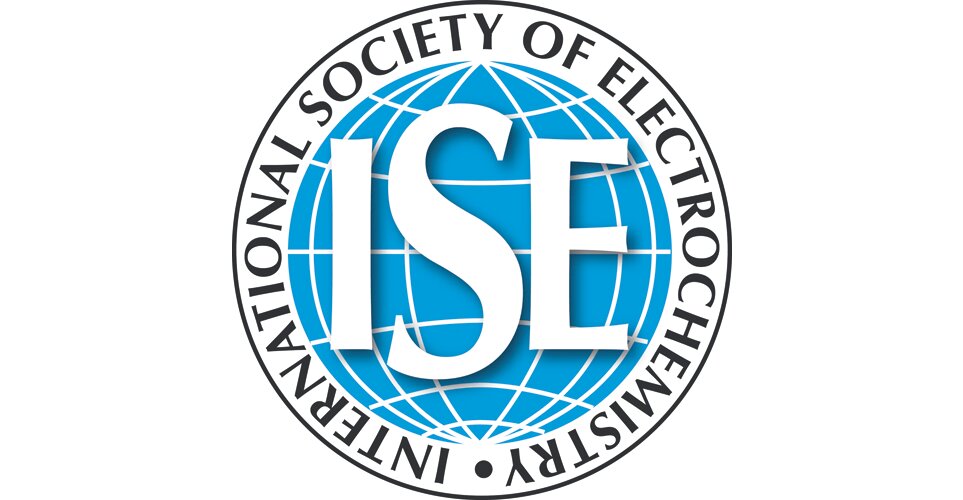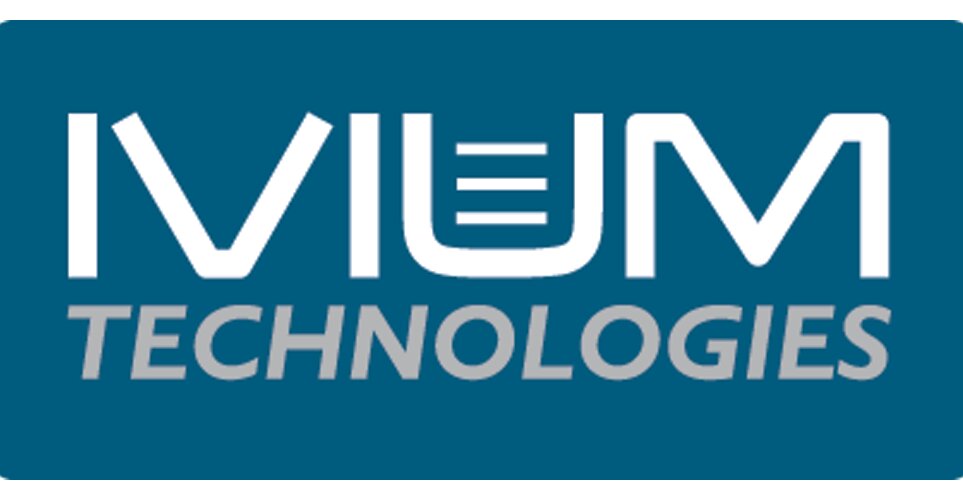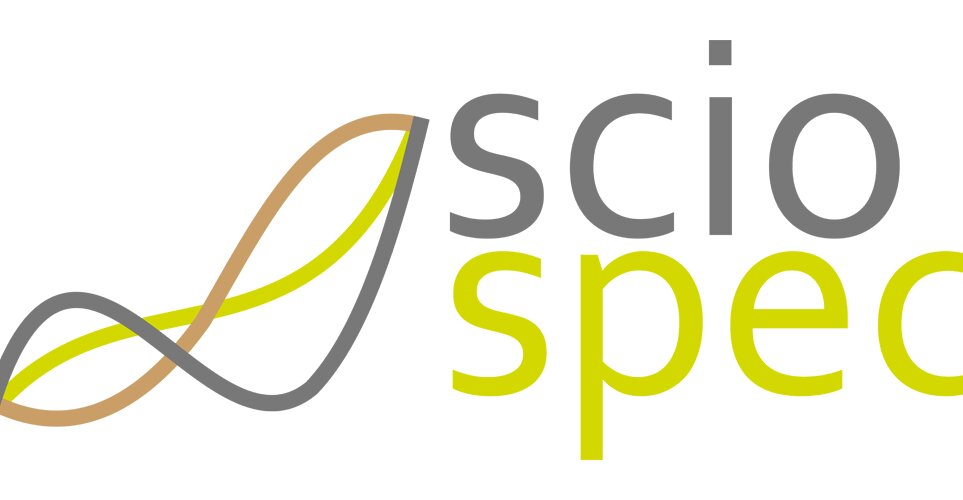BES2022 finished!
OVERVIEW XXVIITH INTERNATIONAL SYMPOSIUM ON BIOELECTROCHEMISTRY AND BIOENERGETICS – BES2022
Antwerp, Belgium, April 3-7, 2022
SCOPE
The aim of the symposium was to provide a forum on all the various aspects of bioelectrochemistry and bioenergetics, to disseminate knowledge and promote exchanges on recent findings and collaborations.
CONCEPT
Modern electrochemistry is a discipline at the interface between chemistry, physics and biology. The symposium covers the breadth and depth of modern interdisciplinary bio-electrochemistry, with lectures and poster presentations falling into 6 main thematic panels:
- Symposium 1 (S1): BIO(INSPIRED) SENSORS & DIAGNOSTICS, including topics such as biosensors in bioanalytical systems, enzyme based sensors, DNA & miRNA sensors and amplification strategies, biomembrane-mimetic sensors, paper based diagnostic platforms and devices, wearable and ingestible devices, targeted drug delivery and theranostics, micro- and nano-biosensors for in-vitro and in-vivo diagnosis and monitoring, sensors for microbial/viral diagnostics, biomimetic receptor based sensors (e.g. MIPs and aptamers), potentiometric sensors;
- S2: MICROBIAL ELECTROCHEMICAL TECHNOLOGIES AND ELECTRON TRANSPORT SYSTEM, including topics such as bacteria/electrode interface, electron transport, cable bacteria, long-distance electron transfer, electrode materials, power generation, organic conversions, pollutants removal and oxidation;
- S3: BIO-ELECTROSYNTHESIS, including topics such as microbial electrosynthesis, enzymatic electrosynthesis, electrofermentation, enzymatic sensors, electrobiorefinery;
- S4: ELECTROPORATION & BIOMEMBRANE ELECTROCHEMISTRY, including topics such as biological membranes and their simple models (free and supported lipid membranes), lipid nanoparticles, structure, functions, dynamics and biophysical characteristics of membranes, permeability, ion and molecular transport across membranes, fusion, membrane protein functions, electroporation of cell membranes, electrochemotherapy, gene electrotransfer, membrane damage and repair mechanisms, interactions of drugs, pollutants, toxins with cell membranes, biomimetic membranes;
- S5: NANO TECHNOLOGIES & ARCHITECTURES FOR BIO-ELECTROCHEMISTRY, including topics such as electrochemically coupled methods (optical, spectroscopies, microscopies...), nanoscale interfacial architecture, nanoparticles, 2D materials, nano-objects, biosensing, surface modifications;
- S6: BIO(PHOTO)ELECTROCHEMISTRY & BIO-ENERGETICS, including topics such as fundamental mechanisms of ET, protein electrochemistry, nanomaterials for bio(photo)electrochemistry, protein engineering, enzymatic fuel cells, biocatalytic cascade, biohybrid systems.
OBJECTIVES
- have in-depth discussions on bio-electrochemistry topics between professors, their PhD students and their postdocs;
- provide the participants with the relevant background and emerging topics of the field, through a rich programme of lectures (including plenary, keynote and invited speakers);
- give starting PhD students an opportunity to explain their work and ideas, feedback will be given by the invited lecturers and audience.
- through positive interactions we want to stimulate (young) researchers in what they do and meanwhile initiate/strengthen the collaboration between professors and their research groups.
- give the possibility to the participants to present the results of their research to a broad public through oral and poster presentations and get into contact with professors, people from industry and colleagues from other universities and research centers within their expertise.
PARTICIPANTS AND CONTRIBUTIONS
- 168 participants from 21 different countries.
- 73 PhD students and young researchers, 48 postdoctoral researchers and 47 professors.
- 72 lectures (of which 5 plenary, 10 keynote and 8 invited) and 49 poster presentations.
- 51 male presenters and 70 female presenters in total.
PRIZES, SPONSORS AND SPECIAL ISSUE
PRIZES
- 1 travel award of 1100 euro for best abstract: Tatjana Safarik (University of Bordeaux, FR), “Redox cycling in bottom-up designed porous coaxial twin-electrodes for efficient bioelectroanalysis”
- 6 prizes for best poster presentation: Joshua Atkinson (University of Southern California, USA), Rachel Egan (University of Cambridge, UK), Giada Bedendi (University of Geneva, CH), Dmitrii Pankratov (University of Antwerp, BE), Toni Vitasovic (Aarhus University, DK), Issa Fall (Université de Reims Champagne-Ardenne, FR).
SPONSORS
International Society of Electrochemistry (ISE), The Bioelectrochemical Society (BES), University of Antwerp, FWO, FNRS, Metrohm, Palmsens, Hi-Tech Detection Systems (HDTS), IVIUM Technologies, Sciospec, Zimmer and Peacock, Molecules by MDPI, Elsevier.
SPECIAL ISSUE
Dedicated special issue in the journal Bioelectrochemistry (official journal of the Bioelectrochemical Society, Impact Factor = 5.373).
A symposium by

